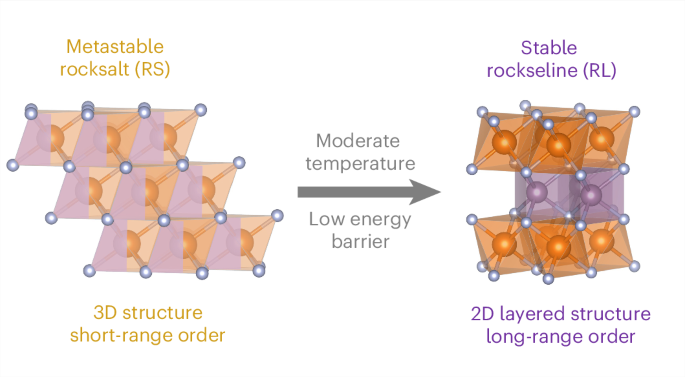2024-09-12 バージニア工科大学(VirginiaTech)
<関連情報>
- https://news.vt.edu/articles/2024/08/geoscientists-detect-rapid-uplift-at-unique-volcano-in-tanzania.html
- https://agupubs.onlinelibrary.wiley.com/doi/full/10.1029/2023GL108097
TZVOLCANOネットワークによるタンザニアの活火山Ol Doinyo Lengaiの過渡的な隆起の検出 Detecting Transient Uplift at the Active Volcano Ol Doinyo Lengai in Tanzania With the TZVOLCANO Network
Ntambila Daud, D. Sarah Stamps, Kang-Hyeun Ji, Elifuraha Saria, Mong-Han Huang, Aubreya Adams
Geophysical Research Letters Published: 09 July 2024
DOI:https://doi.org/10.1029/2023GL108097

Abstract
Over the last 7 years, geodetic data have detected periods of uplift and subsidence of the active volcano Ol Doinyo Lengai in Tanzania. Although numerous eruptions of the volcano have occurred historically, a systematic investigation of transient deformation using continuous Global Navigation Satellite System (GNSS) data has not been undertaken. We use the Targeted Projection Operator (TPO) to assess 7 years of continuous GNSS data from the TZVOLCANO network for transient signals and find rapid uplift spanning March 2022–December 2022 and then steady-state uplift through August 2023. We conduct a nonlinear inversion of the GNSS velocities associated with the transient signal using dMODELS and find consistency with an inflating spheroidal source located 2.3 ± 0.6 km beneath the crater. Prior to March 2022, geodetic data indicated quiescence just below Ol Doinyo Lengai, thus detecting transient deformation with TPO allows for tracking changes in the magmatic system over time in the Natron Rift.
Key Points
- Continuous Global Navigation Satellite System (GNSS) data systematically detect transient deformation for the first time at Ol Doinyo Lengai
- No transient motion is detected before March 2022, then a period of rapid uplift until December 2022, and afterward steady-state uplift
- Transient signal detection with the Targeted Projection Operator (TPO) allows for tracking temporal changes in the magmatic system
Plain Language Summary
Ol Doinyo Lengai is an active stratovolcano in the youthful Natron Rift characterized by alternating periods of calm lava flows and explosive eruptions. Volcanic hazards and risk are major issues in the Natron Rift largely because of nearby communities, tourism, and air traffic. Volcanic eruptions are often preceded by magma intruding into a shallow reservoir that causes observable surface uplift. The uplift phase normally occurs before an eruption and is regarded as a key precursor for eruptive processes. These precursory uplift signals can be quite small. In this study we use high precision terrestrial data to monitor surface motions and use numerical approaches to detect potential volcanic signals due to magma reservoir changes. We detect rapid uplift from March 2022 to December 2022 and continued steady uplift through August 2023. Modeling suggests the uplift is from an active shallow magmatic source. This work demonstrates the ability to detect temporal changes in surface uplift at an active volcano.



